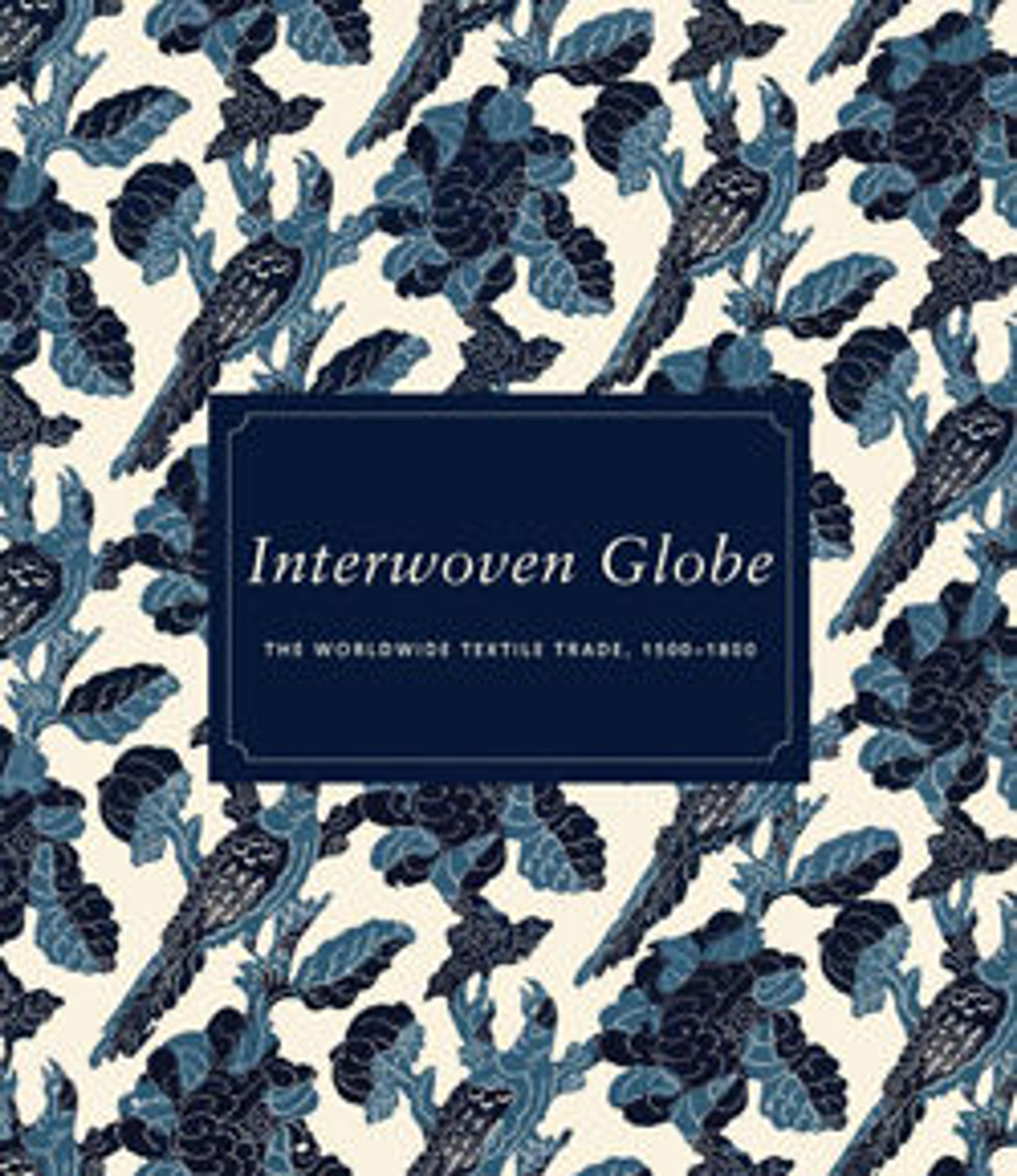Chinese Palampore
This Chinese embroidered palampore represents the closing of the trade circle of the central tree design, which originated in China, was adapted in England in the mid-seventeenth century, then introduced by English East India Company merchants to textile painters in India. This silk version was made in the late eighteenth century in China, where Cantonese craftspeople embroidered it in imitation of an Indian painted cotton palampore. When it was donated to the Museum in 1947, it was placed in the American Wing, indicating the donor believed it had a history of American ownership. It could have traveled to the newly formed United States on an American ship after 1784, when direct trade with China was established.
cat. no. 120
cat. no. 120
Artwork Details
- Title: Chinese Palampore
- Period: Qing dynasty (1644–1911)
- Date: 1750–1800
- Culture: China (Guangzhou), for the European or American market
- Medium: Silk satin embroidered with silk
- Dimensions: 108 x 90 in. (274.3 x 228.6 cm)
- Classification: Textiles-Embroidered
- Credit Line: Gift of Louise Housman, 1947
- Object Number: 47.63
- Curatorial Department: Asian Art
More Artwork
Research Resources
The Met provides unparalleled resources for research and welcomes an international community of students and scholars. The Met's Open Access API is where creators and researchers can connect to the The Met collection. Open Access data and public domain images are available for unrestricted commercial and noncommercial use without permission or fee.
To request images under copyright and other restrictions, please use this Image Request form.
Feedback
We continue to research and examine historical and cultural context for objects in The Met collection. If you have comments or questions about this object record, please complete and submit this form. The Museum looks forward to receiving your comments.
